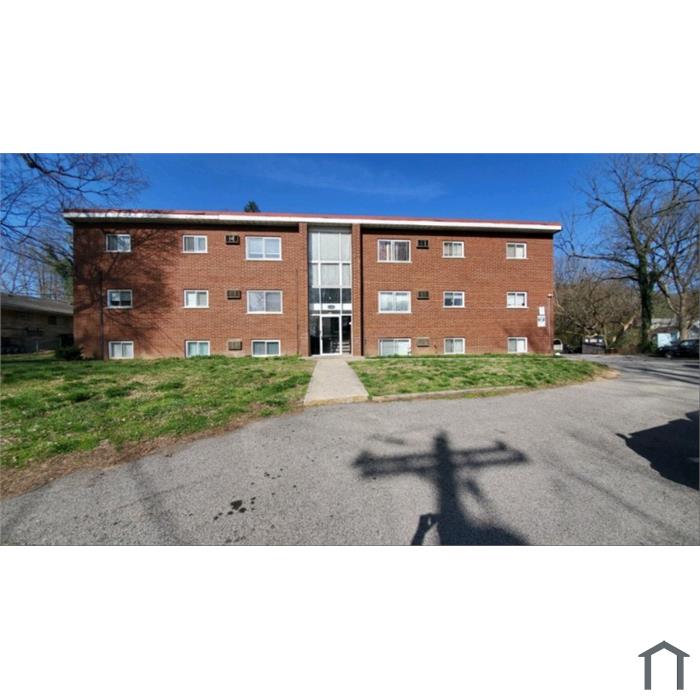Affordable housing is a critical issue facing many communities around the world. The increasing cost of living and limited availability of affordable housing options have left many individuals and families struggling to find a place to call home. However, one program that has been instrumental in addressing this issue in the United States is Section 8.
Section 8 Housing, also known as the Housing Choice Voucher Program, is a federal assistance program designed to help low-income individuals and families afford safe and decent housing. It provides rental assistance vouchers to eligible households, who then use them to rent privately owned housing in the community.
The program works by providing a subsidy to eligible households, which covers a portion of their monthly rent. The subsidy is based on the household's income and the rental market in the area. This allows low-income individuals and families to access housing in neighborhoods that would otherwise be unaffordable for them.
Section 8 has had a transformative impact on communities across the country. By helping individuals and families secure stable and affordable housing, it has contributed to a range of positive outcomes. One of the key benefits is the improvement in the quality of life for participants. Studies have shown that individuals and families who receive Section 8 vouchers experience better health outcomes, increased educational opportunities, and reduced poverty rates.
Furthermore, Section 8 has been instrumental in promoting socioeconomic diversity in neighborhoods. In the past, low-income individuals and families were often concentrated in high-poverty areas with limited opportunities for upward mobility. However, Section 8 vouchers enable recipients to choose housing in a wider range of neighborhoods, including those with higher income levels and better amenities.
This has resulted in the deconcentration of poverty and the creation of more mixed-income communities. Research has shown that neighborhoods with a mix of incomes tend to have lower crime rates, improved educational opportunities, and better access to amenities such as parks, grocery stores, and healthcare facilities.
Another significant impact of Section 8 is its role in reducing homelessness. By providing rental assistance to eligible households, the program has helped prevent individuals and families from becoming homeless in the first place. It also offers support to those who are experiencing homelessness, helping them secure stable housing and rebuild their lives.
However, despite its successes, Section 8 faces challenges and limitations. One of the main challenges is the limited funding available for the program, which has resulted in long waiting lists and a shortage of affordable housing units. This has made it difficult for many eligible households to access the assistance they need.
In addition, Section 8 has faced resistance and stigma in some communities. There have been instances of landlords refusing to accept Section 8 vouchers, which can limit housing options for voucher holders. There is also a misconception that Section 8 will negatively impact property values and increase crime rates, despite evidence to the contrary.
Section 8 has proven to be a powerful tool in unlocking affordable housing and transforming communities. By providing rental assistance to low-income households, it has improved the quality of life for participants and created more inclusive and diverse neighborhoods. While there are challenges to overcome, the program continues to be a vital resource in the fight against the affordable housing crisis.
